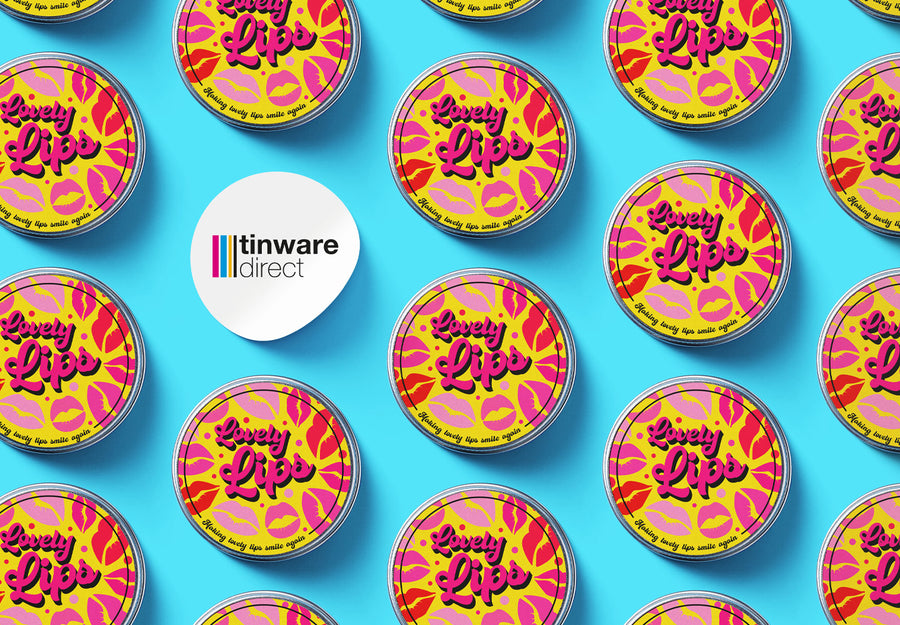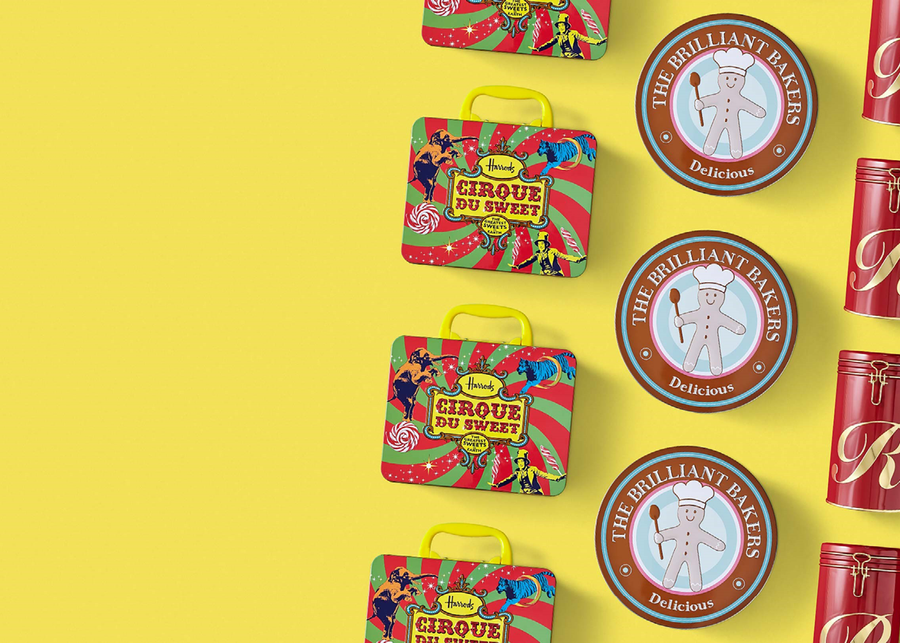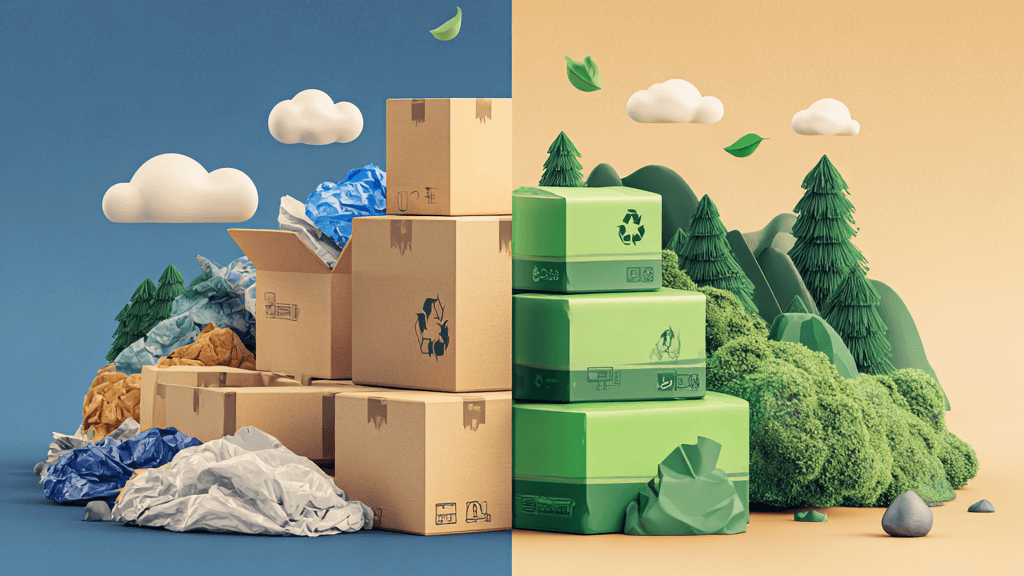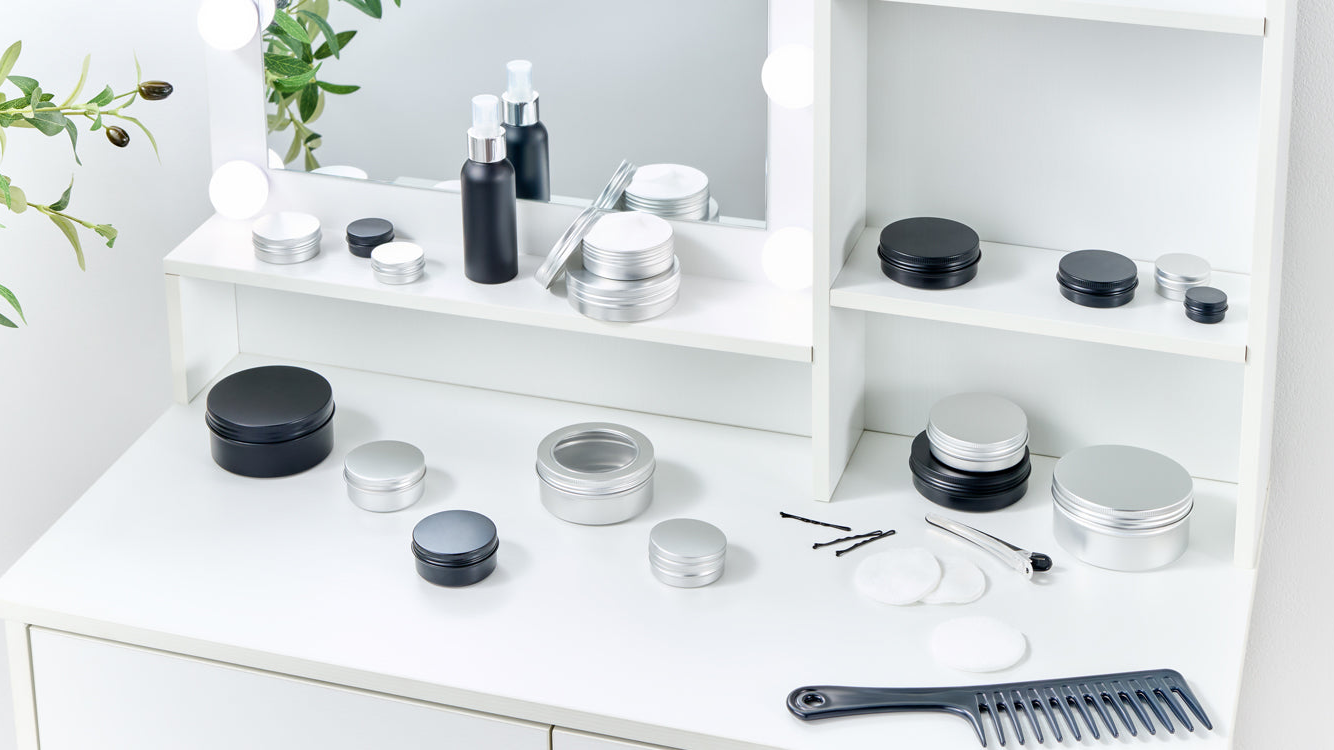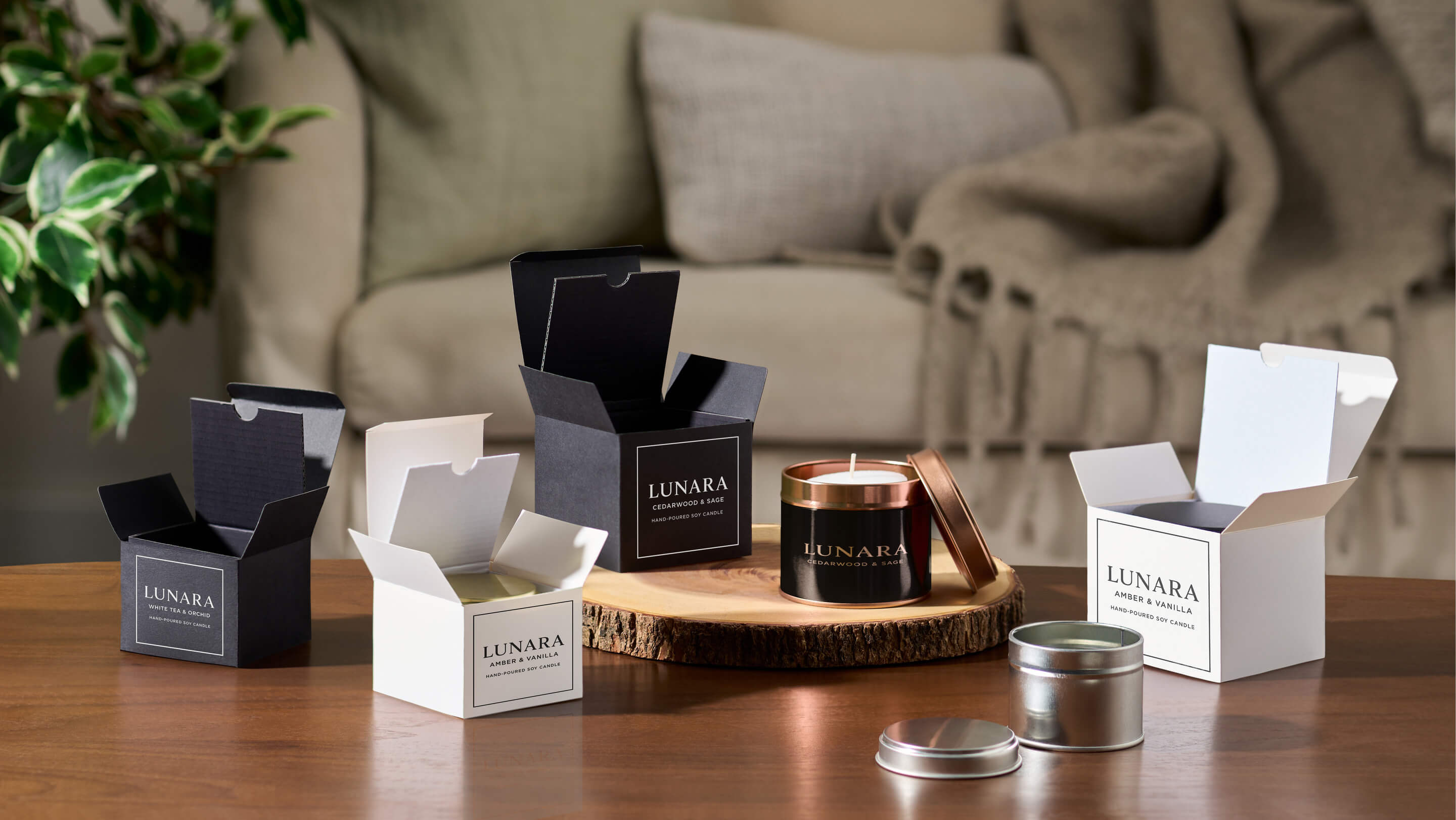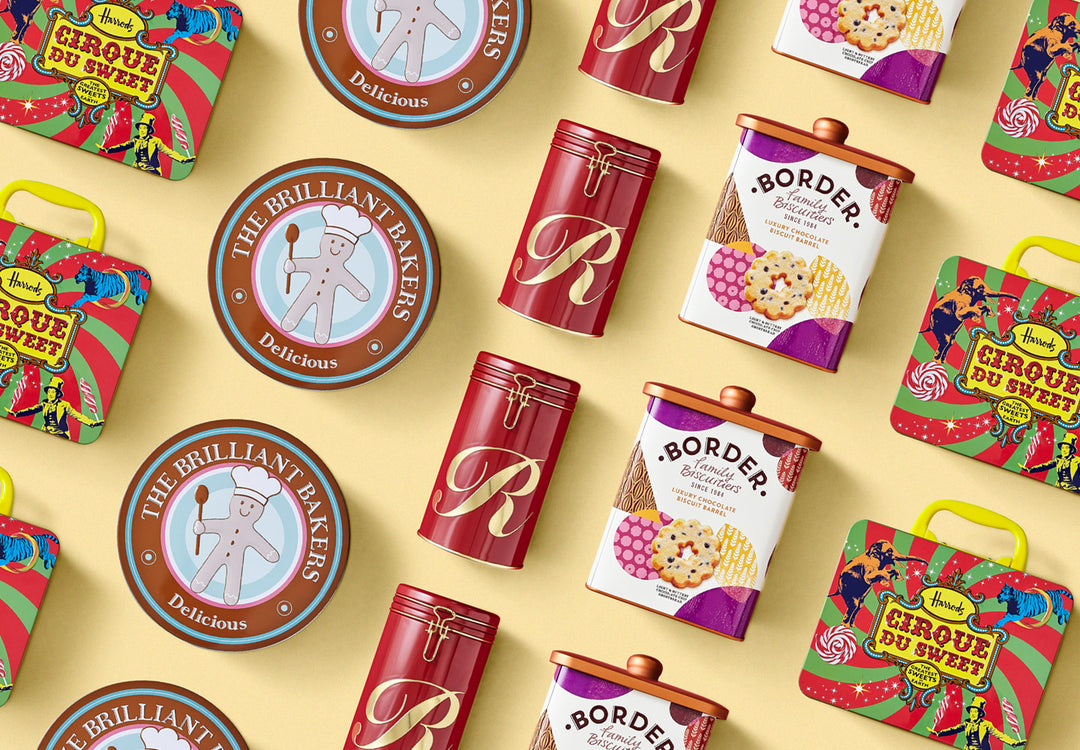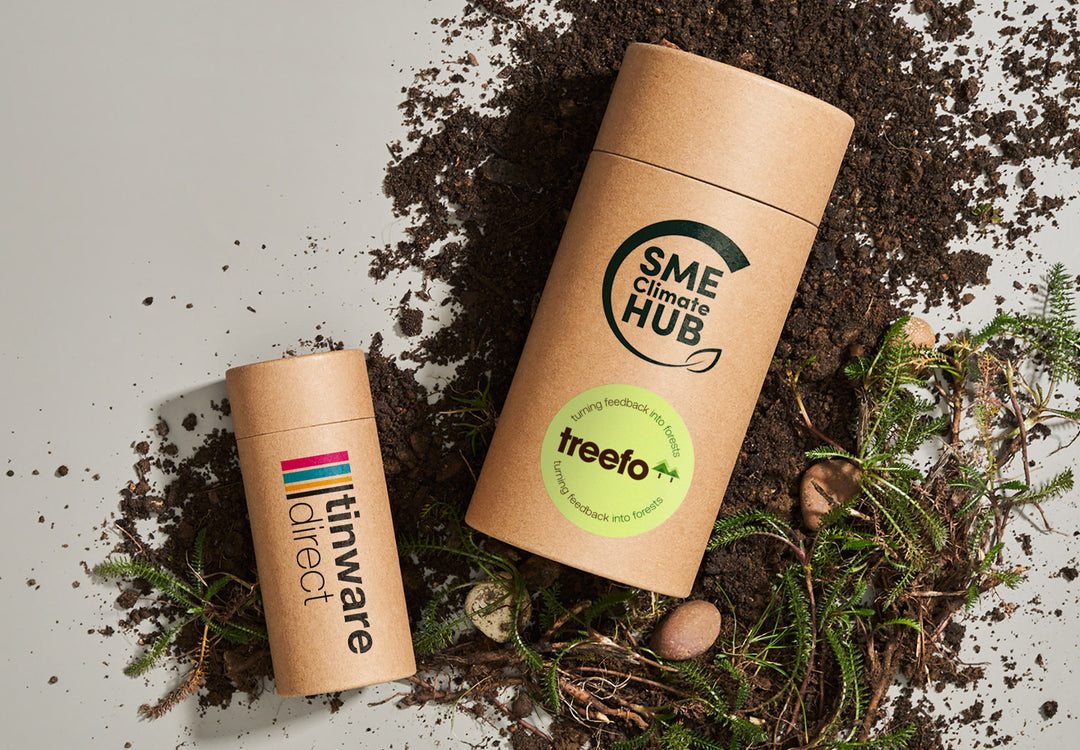The Best Packaging for Skincare Brands: Tips and Cosmetic Packaging Options for Small Businesses

If you’re getting a skincare brand off the ground or trying to level up a brand you already own, your packaging ends up doing a lot of the talking. A good tin doesn’t just hold your product; it protects it, feels good in the hand, and quietly signals what your brand is about. In this guide, I'll keep things simple and go over what actually matters when you’re choosing tins for creams and balms: which materials hold up best, the sizes that tend to work in real life, and a few small details that can save you hassle later.
Why Use Tins for Skincare Products?
Tins are a practical and presentable option for creams, balms, and salves. They’re simple, they travel well, and they give your product a bit of polish without trying too hard.
- They look the part. Metal tins have a clean, premium feel that helps your product stand out.
- They actually do the job. A well-made tin keeps out light, air, and moisture, which means your formula stays stable for longer.
- They tick the sustainability box. Aluminium and tinplate can be recycled, and most people hang onto tins to reuse them.
- They’re flexible. They come in shapes and sizes that fit almost anything you want to make. Bespoke options are also available.
Best Materials for Skincare Tins: Aluminium & Tinplate
Aluminium Tins
- Compact and lightweight, which makes it ideal for shipping and portability.
- Corrosion-resistant (especially when lined), making them a great choice for water-based or active formulas.
- Highly recyclable, complying with eco expectations.
Tinplate Tins
- Sturdier and more rigid feel, which works well for thicker creams and balms.
- Suitable for thicker creams or balms, as long as the interior is properly lined to avoid reactions.
- Also recyclable, but heavier than aluminium and may require more testing for compatibility with certain formulas.
Best Practice Tip: Use aluminium for water-based or reactive creams and tinplate for thicker, oil-based balms where structure is important.
Choosing the Right Tin Size for Your Creams
With many sizes available, here are the three most practical size ranges to guide your selection:
-
Small / Sample Size (5 ml–15 ml)
Great for small trial products, like lip balms or travel-friendly creams.
Ideal sizes: 25×15mm (5 ml), 36×16mm (10 ml) -
Standard Face Cream Size (30 ml–60 ml)
A go-to for most face creams, it strikes a great balance between usability and cost.
Ideal sizes: 51×20mm (30 ml), 58×27mm (50 ml) -
Large / Body or Value Size (100 ml and up)
Best for body creams, family-sized products, or refill formats.
Ideal sizes: 81×27mm (100 ml), 90×45mm (250 ml)
While these three groups cover most needs, there are many other sizes available depending on your product type and brand strategy.
Packaging Considerations Beyond Size
Once material and size are decided, pay close attention to these technical and user-friendly features:
- Lid design: Screw-top lids are easy to handle and always secure when shut.
- Internal liners: A good liner keeps your formula stable and helps prevent any reactions or leaks.
- Label surface: Make sure the tin has a smooth, clean finish so labels stick properly or printing comes out sharp.
- Shipping and storage: Larger tins look great but take up more room, which can nudge shipping and storage costs up.
- Eco-factor: If your tins can be reused or recycled, call that out in your messaging because customers pay attention to it.
Packaging plays a big role in how a skincare product is received, and aluminium or tinplate tins tick a lot of boxes; they’re practical, adaptable, and kinder to the environment. Focus on sturdy, well-tested materials, pick sizes that actually suit how people use your product, and think about the whole experience from first look to daily use. Making those choices early helps you end up with packaging that feels thoughtful, leaving a lasting impression.
